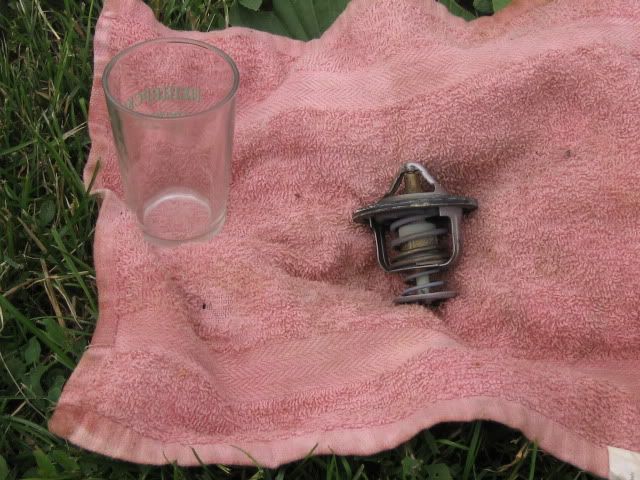widdowson2008 wrote:Basically, from the logged data, what is happening is that the heater circuit is staying at a consistent 65 ish. This is the ONLY circuit at the stat which is in constant flow.
Your conclusions regarding return temperatures make no mention of the total heat content.
If you are only measuring the temperature then basically your data is flawed. You have to
measure the total volume of water flowing in the circuit and to do that you need to know
it's velocity. There is a great deal of difference in thermal energy between water travelling
slowly in a circuit and water travelling at high velocity.
It is a relatively simple matter to calculate the pressure loss in any circuit, it's
proportional to it's length and inversely proportional to it's diameter. I have no intention
of doing that as I trust that Mazda would have got it right in the first place. However
I could make an educated guess at what they may be in terms of the pump volume.
My guess is that the two heating circuits and the turbo cooling circuit account for about
20% of the pump volume. If you measure the main by-pass length and diameter, and the radiator
circuit parameters you may be surprised to find that both circuits have a similar pressure
loss when passing 80% of the pump capacity. This has to be so, the thermostat is acting as
a simple 3 port mixing valve and to avoid excessive hunting the port pressures should be
roughly balanced.
In my original post, I was concerned with the by-pass port closing completely during a warm
spell in the summer. In these conditions I would not want any hot air from the cab heating
blowing over my body so there would be very little heat loss in the cab heating circuits,
combine this with the fact that the turbo cooling circuit is heating the circulating water
then the overall effect of these three circuits would be almost zero and exist only as a
permanent by-pass circuit which would do nothing to cool the engine.
So, we are left with 80% of the pump volume which has to go somewhere. When the thermostat
radiator port is closed, this volume is flowing through the by-pass port. If the thermostat
bulb expands sufficiently to completely close the by-pass port then this volume has to travel
round the radiator circuit. A healthy Bongo radiator is more than capable of cooling the
flow to relatively low temperatures depending on the vehicle speed and ambient temperature
but certainly should be no problem in our temperate climate.
My point is, why would the thermostat completely close the by-pass port ?. Shortly after the
radiator port started to open the relatively cool water from the radiator would stop the
thermostat expanding towards the by-pass port. The only time this condition can occur is
when the vehicle is standing still and no air going through the radiator, at that point the
block temperature will rise and the ECU will switch on the radiator fans to assist.
As I said earlier, If the By-pass port closes completely while you are travelling at any
speed then you have lost control of the engine temperature, there is no reserve, the return
water from the radiator is too hot to close the radiator port or the thermostat is stuck
open or the pump impellers have rotted away due to poor corrosion inhibitors or you are
simply trying to haul 8 fat ladies up a very steep hill with a manual gearbox in top gear.
Whatever the cause it's an abnormal condition and will eventually overheat the engine.






